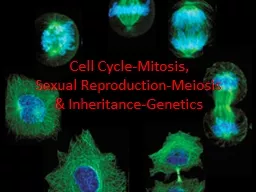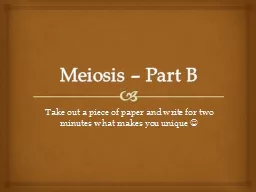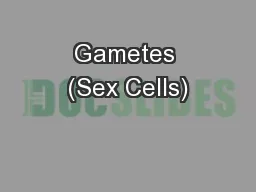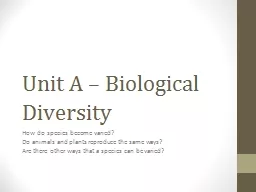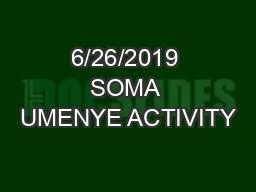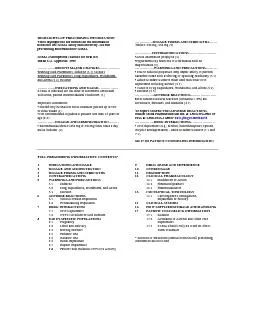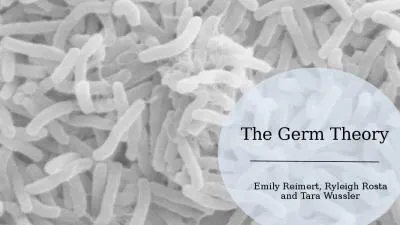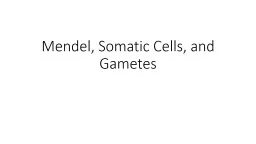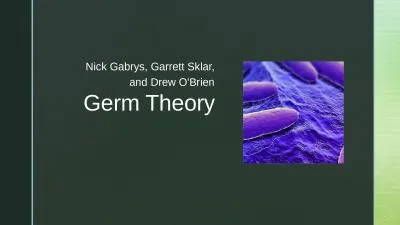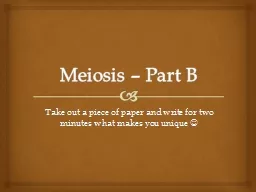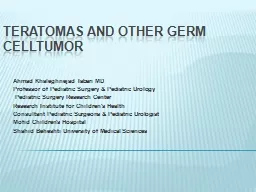PPT-Quiz Bio161 Q1. The theory that holds that information from the soma is collected in the
Author : liane-varnes | Published Date : 2020-01-10
Quiz Bio161 Q1 The theory that holds that information from the soma is collected in the germ cells or gametes is called Pre formationism Blending theory Spermism
Presentation Embed Code
Download Presentation
Download Presentation The PPT/PDF document "Quiz Bio161 Q1. The theory that holds th..." is the property of its rightful owner. Permission is granted to download and print the materials on this website for personal, non-commercial use only, and to display it on your personal computer provided you do not modify the materials and that you retain all copyright notices contained in the materials. By downloading content from our website, you accept the terms of this agreement.
Quiz Bio161 Q1. The theory that holds that information from the soma is collected in the: Transcript
Download Rules Of Document
"Quiz Bio161 Q1. The theory that holds that information from the soma is collected in the"The content belongs to its owner. You may download and print it for personal use, without modification, and keep all copyright notices. By downloading, you agree to these terms.
Related Documents


